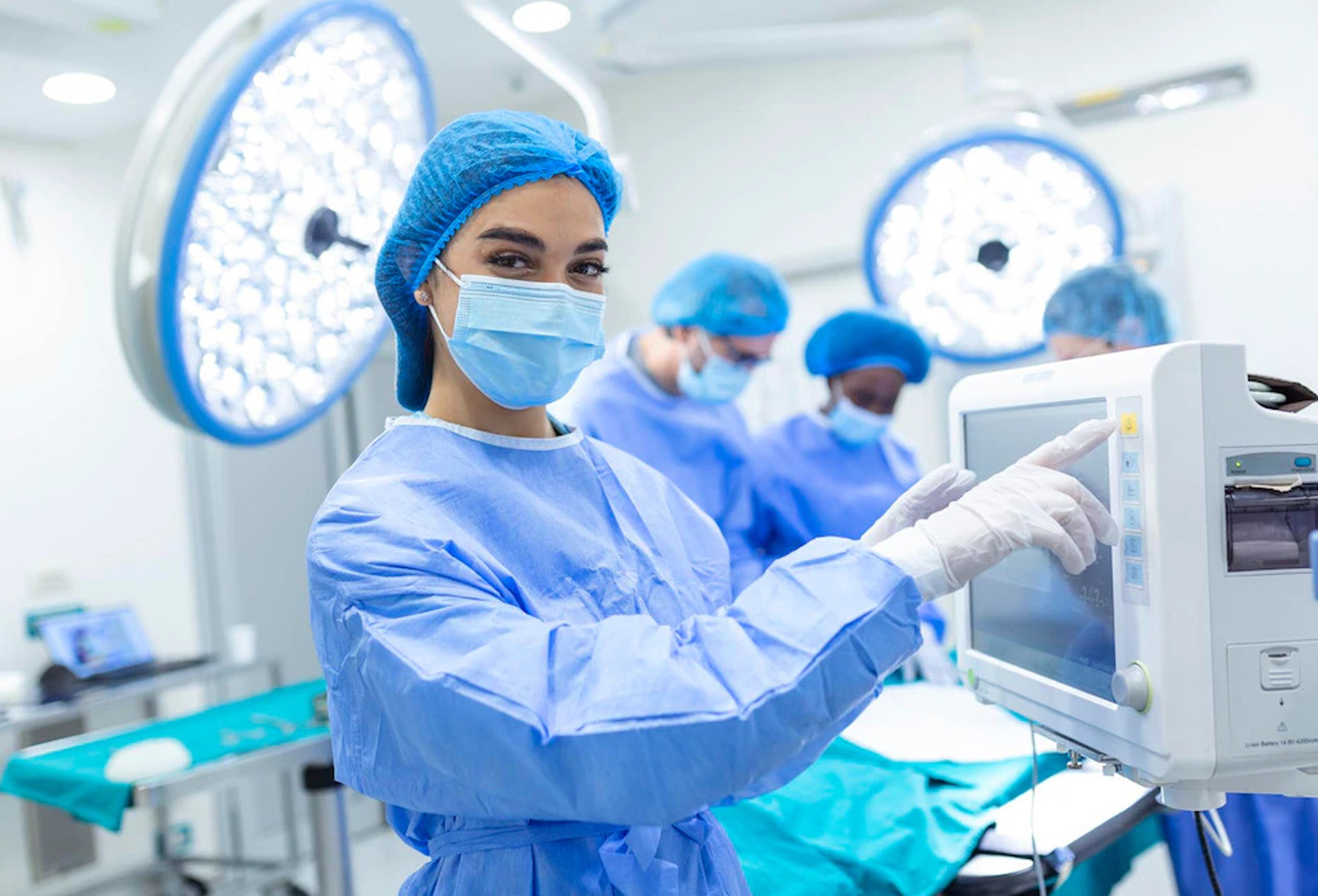The field of immunoassays serves as a veritable gateway between biological insights and actionable health diagnostics. Rooted in the nuanced interactions of antibodies and antigens, immunoassays epitomise the scientific odyssey from inquiry to impact each assay’s development and refinement. In this comprehensive discussion, we will explore the intricate process of immunoassay development, highlighting critical steps, innovative techniques, and real-world applications. Whether you’re a seasoned biochemist or a budding biologist, this deep dive into immunoassay development promises a wealth of knowledge and a renewed sense of the vital role this science plays in health and beyond.
Understanding Immunoassays: The Basics
Before we dissect the development process, it is essential to grasp the fundamentals of immunoassays. At its core, an immunoassay is a bioanalytical method that harnesses the specificity of antibody-antigen recognition to detect and measure molecules of interest. From hormonal imbalance assessments to rapid pathogen detection, immunoassays cover a wide spectrum of applications across medical diagnostics, pharmaceutical research, environmental monitoring, and beyond.
The typical immunoassay workflow involves a ‘capture’ or ‘primary’ antibody binding to the target molecule followed by a ‘label’ or secondary antibody that enables detection, often through fluorescence, colorimetry, or chemiluminescence. This elegant dance of molecular recognition forms the basis of various assay formats, including ELISA, immunofluorescence, and lateral flow assays, each tailored to specific diagnostic needs.
The Blueprint of Immunoassay Design
Immunological techniques have evolved substantially since their inception, navigating a complex terrain of reagent optimization, platform development, and clinical validation. At the heart of every successful immunoassay is a meticulous design process that demands a keen understanding of the target analyte, the sample matrix, and the intended diagnostic environment.
Initial steps involve selecting appropriate antibodies with high affinity and low cross-reactivity, whether sourced from in-house production or commercial vendors. The choice of labels and detection methods must also align with sensitivity, specificity, and practical application. Throughout the design phase, researchers must anticipate and address potential challenges, such as interference from common sample constituents or non-specific binding, which can compromise assay performance.
Crafting Immunoassay Reagents
Reagent development is an arduous but indispensable aspect of immunoassay refinement. Researchers often begin by conjugating labels to antibodies in a manner that retains their binding capabilities while ensuring signal amplification. The optimization of these reagents involves a delicate balance of concentration, storage conditions, and stability, factors that directly influence assay precision and reproducibility.
Polishing the ‘capture’ antibody and ‘label’ antibody interaction is crucial, employing methods like antibody purification, assay buffer modification, and reagent pairing techniques. Modern immunoassay development also leans on recombinant antibody and engineered protein technology, offering superior performance and exciting possibilities for multiplex assays that detect several analytes simultaneously.
Platform Possibilities: Immunoassay Formats
The transfer of immunoassay technology from the lab to real-world settings hinges on the versatility and portability of different assay formats. Traditional ELISAs and western blots serve as the bedrock of immunoassay science, offering robust detection and quantification capabilities. However, advancements like microfluidic systems and paper-based assays are revolutionising point-of-care testing by streamlining processes, reducing sample volumes, and expediting results.
Luminex bead-based technology, for instance, enables the detection of multiple analytes within a single tube, making it ideal for high-throughput screening and complex diagnostic panels. Immunoassay platforms continue to expand, integrating with digital and mobile technologies to enhance data management, accessibility, and the overall user experience.
Clinical Translation and Validation
The true litmus test for any immunoassay lies in its clinical efficacy and relevance. During the validation phase, developers must rigorously test the assay’s performance against established standards, often collaborating with clinicians and regulatory bodies to ensure accuracy and precision. This iterative process involves analysing assay sensitivity, specificity, dynamic range, and other parameters critical to generating meaningful clinical data.
Translating a prototype immunoassay into a market-ready diagnostic often requires navigating regulatory pathways like the FDA’s 510(k) process or CE marking in the European Union. These stringent requirements uphold the quality and safety of diagnostic tools, underscoring the importance of robust development and validation protocols.
Emerging Trends in Immunoassay Development
The landscape of immunoassay development is dynamic, and continually shaped by scientific breakthroughs and technological innovation. Emerging trends, such as digital immunoassays that convert biomolecular recognition into quantifiable electrical signals, or nanoparticle-based assays that push the boundaries of sensitivity and detection limits, open new frontiers in diagnostic precision.
Furthermore, the integration of artificial intelligence and machine learning into immunoassay design is streamlining data analysis, pattern recognition, and predictive modelling, paving the way for intelligent, self-learning assays that adapt to the nuances of patient samples and diagnostic environments.
Immunoassays Beyond Traditional Health Diagnostics
The impact of immunoassays extends far beyond traditional health diagnostics. In food safety, immunoassays enable the rapid identification of allergens and contaminants, enhancing consumer protection and industry compliance. Environmental monitoring also benefits from immunoassay technology, offering quick and accurate detection of pollutants, toxins, and pathogens.
In the era of personalised medicine, immunoassays play a pivotal role in oncology, guiding treatment decisions through the monitoring of cancer biomarkers. This approach ensures that patients receive targeted interventions tailored to their disease profiles, a testament to the power of precision diagnostics enabled by immunoassays.
Conclusion: The Immunoassay Ensemble
Immunoassay development is a multifaceted symphony, orchestrated by the harmonious interplay of scientific inquiry, technological ingenuity, and clinical insight. This process reflects the perpetual quest to unlock the full potential of biological recognition and harness it for the betterment of human health.
As we look to the future, the role of immunoassays in driving healthcare advancements is set to expand, underlined by continual refinement and the emergence of novel applications. By demystifying the development of immunoassays, we not only celebrate the remarkable progress made in this field but also inspire further engagement and exploration among the scientific community.
For those immersed in the world of immunoassay development, this narrative serves as a compass, charting the course for future discovery and innovation. For the uninitiated, it is a testament to the enduring relevance of immunoassays, urging a deeper appreciation for the scientific milestones that define our health landscape.

